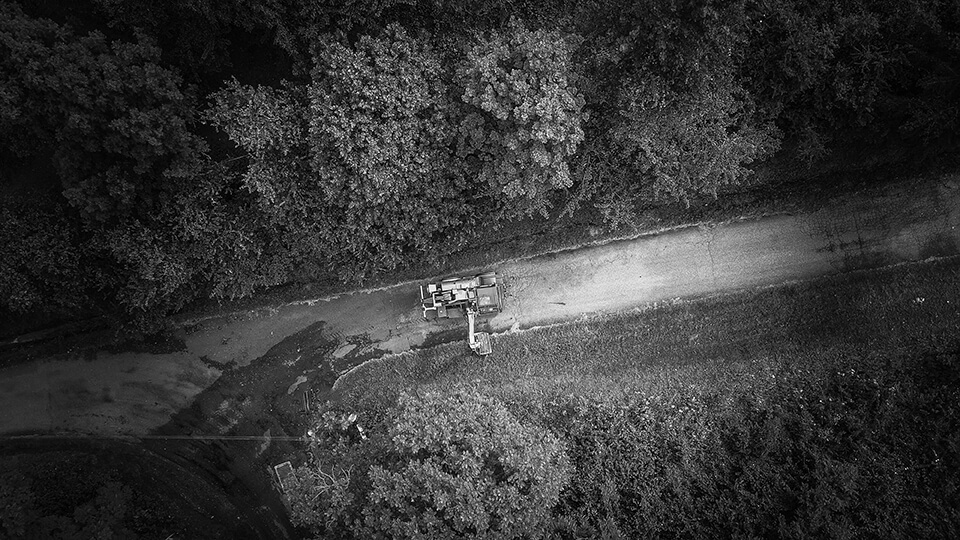____The term mowing here includes all operations consisting in reducing the height of the grass: cutting, shredding, possible disposal of waste. ____Mowing the grass at the side of the road is necessary for :
____________SECURITY
________________- Delimitation of the edge of the roadway and the recovery area
________________- Clearance of visibility
________________-Ensure the visibility of vertical signage
____________VIABILITY
________________- Operation of ditches and bleedings
________________- Stop the invasion of vegetation
________________- Allow the use of shoulders by pedestrians and occasionally by vehicles
____Mowing is the basic task of maintaining green outbuildings, and the main effect is to maintain an open environment by preventing the establishment of woody trees. Safety remains the primary motivation for mowing.
____But let us note that the absence of maintenance is sometimes unfavorable to the floristic diversity. Maintenance work should be planned in time and space according to defined objectives. This is referred to as the management of green road dependencies. It is about rationalizing the means available to stakeholders to maintain green road dependencies according to the role they play. A balance must be achieved between human and material resources, safety, the landscape, the image of the road and biological constraints.
____The mowing of outbuildings is generally done in several stages :
________- 1st intervention : a quick pass along the shoulders to mark the limits of the roadway, eliminate wall effects and clear visibility on curves and at intersections. This intervention corresponds primarily to security and viability needs: it is called"security pass". Discover our selection of parts here.
________- Following interventions: they concern all the outbuildings and come to resume and complete the mowing of the first intervention (shoulders, ditches, embankments, abandoned). These interventions correspond to a "cleanliness pass", followed by brush cutting.
________- Grass height: above 40 cm in height, visibility in curves and intersections may be impaired, wall effects are felt on narrow lanes, safety equipment may be obscured. The recommended cutting height is 8 cm, never below 5 cm. This is an important parameter to take into account with regard to fuel consumption and equipment wear.
____These practices are those which are most often implemented in France, but many departments are now turning to a differentiated management of road edges and a reasoned mowing.

____Several actors are involved in the management of roadsides: Motorway companies, Departmental Councils on departmental and national roads and municipalities on municipal roads. The latter often call on the Departmental Council, businesses or farmers for the maintenance of their roads. Some roads remain under state management through the Interdepartmental Roads Departments.
____Overall, we note that the maintenance measures for departmental roads remain standard, a safety passage, a cleanliness pass from June and total grinding at the end of summer or in winter. Interestingly, the widths of the safety passes vary, from one machine width to two. The cleanliness pass can be replaced by a safety pass depending on local guidelines or requirements. Brush clearing is carried out from August or September, across the width of the right-of-way. The maintenance of highway edges includes only one pass over the entire surface of the berm. Some motorway companies also hire a company for the maintenance of these roadsides, and partially or completely delegate this task.